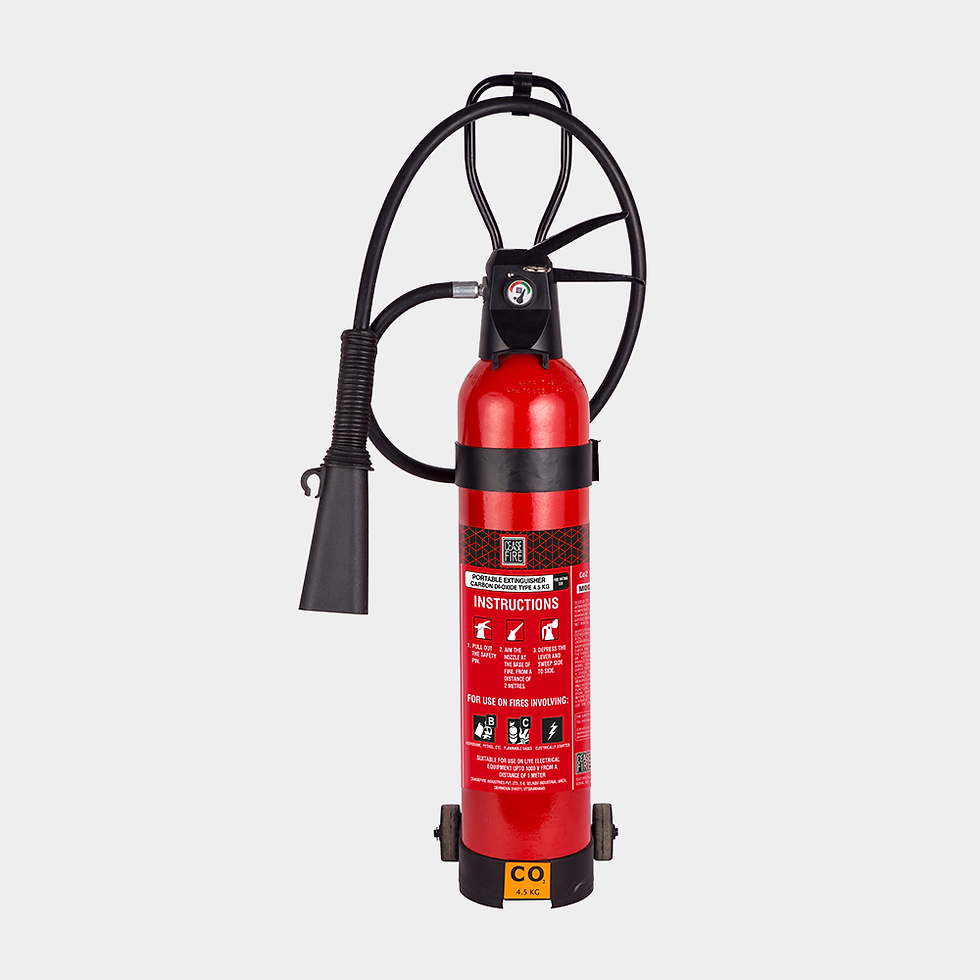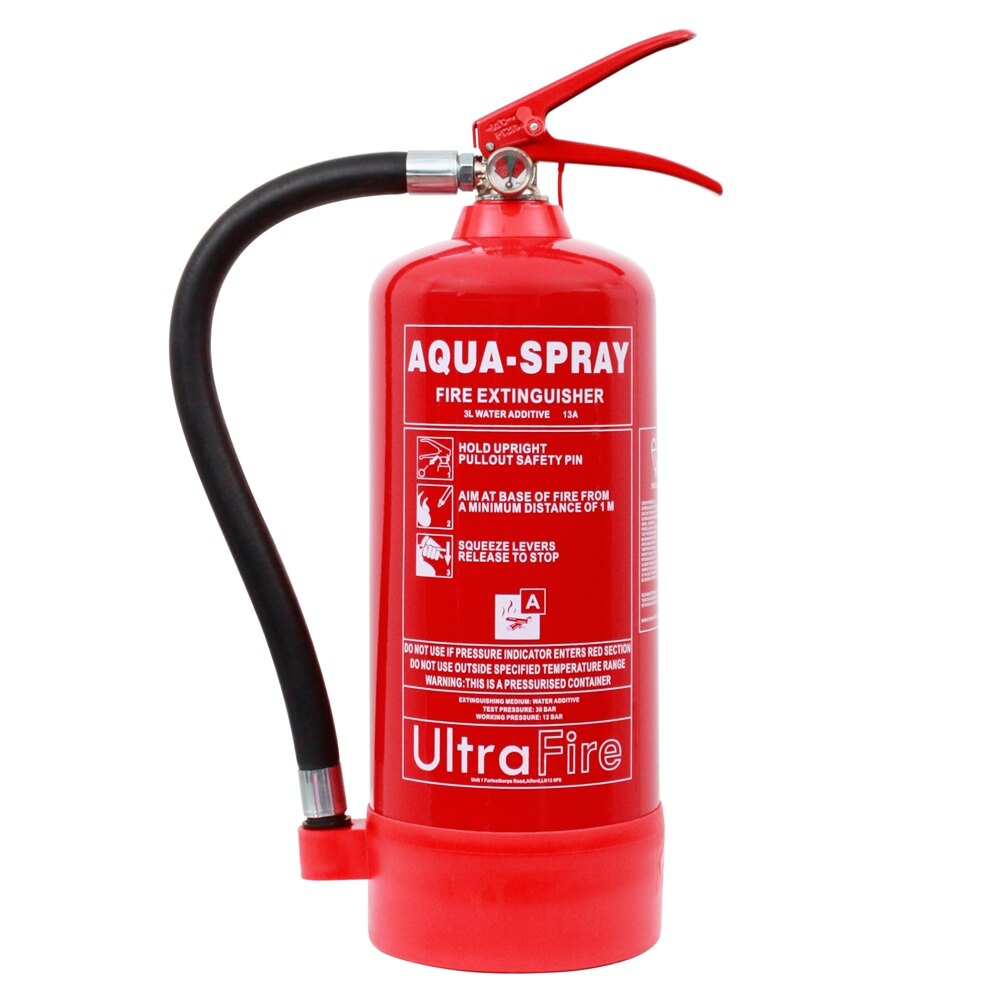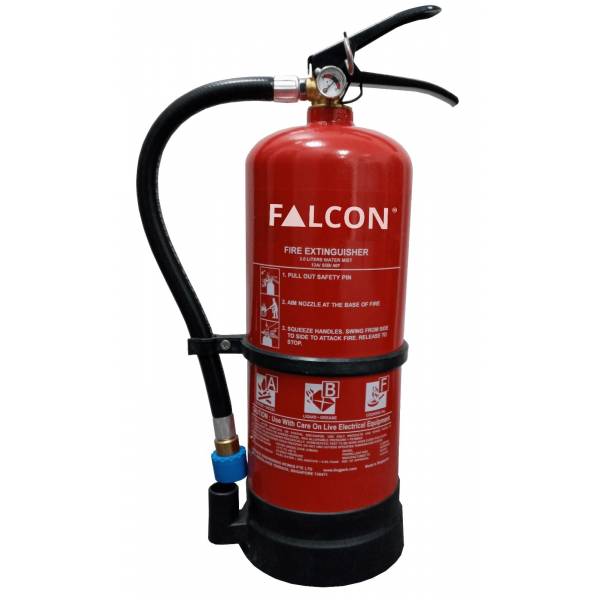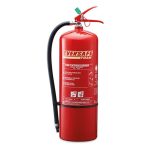I. Understanding Electrical Fires

Electrical fires pose unique challenges and require specific strategies for effective suppression. It is crucial to understand the causes and characteristics of electrical fires, the challenges they present, and the importance of choosing the right type of fire extinguisher to combat them effectively.
A. Causes and Characteristics
Electrical fires are caused by faults in electrical systems, overloading, short circuits, and electrical equipment malfunctions. These fires are characterized by the presence of an electrical current, and they can quickly spread through combustible materials, leading to potentially hazardous situations. Understanding the root causes and distinctive characteristics of electrical fires is essential for developing effective suppression strategies.
B. Unique Challenges in Fire Suppression
Suppression of electrical fires presents unique challenges due to the presence of live electrical currents. Traditional water-based extinguishers can exacerbate the fire or pose an electrocution risk when used on energized electrical equipment. The challenge lies in extinguishing the fire without endangering the safety of individuals or causing further damage to electrical systems.
C. Importance of Choosing the Right Extinguisher
Choosing the right type of fire extinguisher is paramount for effectively combating electrical fires. Using an incorrect extinguisher can exacerbate the fire, cause harm to individuals, and lead to extensive damage to electrical equipment and infrastructure. Understanding the specific types of fire extinguishers suitable for electrical fires is essential for ensuring a safe and efficient response to such emergencies.
II. Types of Fire Extinguishers Suitable for Electrical Fires
A. Class C Fire Extinguishers
Class C fire extinguishers are specifically designed for electrical fires. They contain non-conductive extinguishing agents, such as dry chemical powders, that are effective in suppressing electrical fires without posing an electrocution risk to the user. These extinguishers are essential for addressing fires involving live electrical equipment, making them a critical component of electrical fire safety measures.
B. Clean Agent or CO2 Fire Extinguishers
Clean agent or CO2 fire extinguishers are suitable for electrical fires as they displace oxygen and reduce heat, effectively interrupting the combustion process. These extinguishers are non-conductive and safe to use on energized electrical equipment, making them an ideal choice for combating electrical fires in sensitive environments, such as server rooms, laboratories, and industrial facilities.
C. Water Mist and Wet Chemical Extinguishers
Water mist and wet chemical extinguishers are alternative options for combating electrical fires. I disperse fine droplets that do not conduct electricity, making them suitable for certain types of electrical fires.
III. Factors to Consider When Selecting Electrical Fire Extinguishers

Selecting the right fire extinguishers for electrical fires requires careful consideration of various factors, including their effectiveness in suppressing electrical fires, applicability to different electrical equipment, and environmental and safety considerations. These factors are critical for ensuring the safe and efficient suppression of electrical fires and minimizing risks associated with the use of fire extinguishers.
A. Effectiveness in Suppressing Electrical Fires
The effectiveness of fire extinguishers in suppressing electrical fires is a primary consideration when selecting extinguishing agents. It is crucial to choose extinguishers that are specifically designed and tested for their effectiveness in combating electrical fires, utilizing non-conductive agents capable of extinguishing the fire without conducting electricity, thus effectively addressing the unique nature of electrical fires.
B. Applicability to Different Electrical Equipment
The suitability of fire extinguishers for various types of electrical equipment is essential for addressing diverse fire hazards. Different types of electrical equipment, ranging from sensitive electronics to high-voltage machinery, require specific extinguishing agents to ensure the safe and effective suppression of fires without causing damage or posing additional risks to the equipment and surrounding infrastructure.
C. Environmental and Safety Considerations
Considering environmental and safety factors is crucial when selecting fire extinguishers for electrical fires. It is essential to choose extinguishing agents that are non-toxic, leave minimal residue, and are environmentally friendly. Additionally, safety considerations include evaluating the potential hazards associated with the use of extinguishers and ensuring that the selected agents and handling procedures adhere to safety standards.
IV. Installation and Maintenance of Electrical Fire Extinguishers
Proper installation, regular maintenance, and ensuring the availability of fire extinguishers in accessible locations are essential components of effective fire safety measures. Regular inspections, testing, and training on the safe and efficient use of fire extinguishers are critical for maintaining a proactive approach to fire safety in electrical environments.
A. Proper Placement for Accessibility
Installing fire extinguishers in accessible locations is crucial for facilitating swift and efficient response to electrical fires. Strategically placing extinguishers near potential fire hazards, electrical equipment, and high-traffic areas ensures their accessibility during emergencies, allowing for immediate action to suppress fires and mitigate risks.
B. Regular Inspections and Testing
Regular inspections and testing of fire extinguishers are essential to ensure their functionality and readiness. Conducting routine checks, maintenance, and pressure testing of extinguishers, are vital components of effective fire extinguisher management to ensure their reliability in the event of an electrical fire.
C. Training for Safe and Effective Use
Providing training on the safe and effective use of fire extinguishers is imperative for enhancing the readiness of individuals to respond to electrical fires. Comprehensive training programs cover proper handling, activation, and maintenance of extinguishers, making informed decisions, and safely executing firefighting procedures.
V. Regulations and Compliance for Electrical Fire Safety
Adhering to relevant standards, legal requirements, and compliance best practices is essential for ensuring the effectiveness and reliability of fire safety measures in addressing electrical fire hazards.
A. Standards for Electrical Fire Extinguishers
Various standards and guidelines dictate the selection, use, and maintenance of fire extinguishers for electrical fires. These standards encompass the specific requirements for the design, testing, and performance of extinguishing agents, as well as their applicability to electrical fire hazards, ensuring that fire safety measures align with established industry best practices and standards.
B. Legal Requirements and Building Codes
Legal requirements and building codes governing the installation, maintenance, and accessibility of fire extinguishers in electrical environments are essential for ensuring compliance with local and national regulations.
C. Compliance Best Practices for Businesses and Facilities
Compliance best practices encompass a comprehensive approach to electrical fire safety, emphasizing the adoption of proactive measures for selecting, installing, and maintaining fire extinguishers, as well as conducting regular inspections, testing, and training to ensure compliance with safety regulations and industry standards. Implementing compliance best practices fosters a culture of safety and preparedness.
VI. Advancements in Electrical Fire Extinguisher Technology
As technology continues to evolve, advancements in electrical fire extinguisher technology are shaping the landscape of fire safety.
A. Emerging Innovations in Extinguishing Agents
Innovations in extinguishing agents are revolutionizing the approach to electrical fire suppression. Advanced agents are being developed to provide safer, more effective, and environmentally friendly solutions for combating electrical fires. These innovations include the creation of non-conductive and eco-friendly agents.
B. Integration with Fire Suppression Systems
The integration of electrical fire extinguishers with fire suppression systems is a significant advancement in fire safety technology. These integrated systems offer a comprehensive approach to electrical fire suppression, incorporating automated detection, controlled suppression, and precise application of extinguishing agents in response to electrical fire incidents. This integration enhances the speed and accuracy of fire suppression, minimizing potential damage and risks associated with electrical fires.
C. Future Trends and Developments in Electrical Fire Safety
The future of electrical fire safety is shaped by ongoing trends and developments in technology, regulations, and best practices. This encompasses the continued advancement of smart fire detection and suppression systems, the integration of IoT-enabled solutions, and the development of sustainable and eco-friendly extinguishing agents that align with environmental standards. Additionally, future developments focus on enhancing user accessibility and effectiveness of fire extinguishing systems in diverse electrical environments.
A thorough understanding and careful selection of electrical fire extinguisher types are crucial for effectively combating electrical fires. By considering the specific factors, regulations, and advancements in technology, businesses and individuals can ensure the safety of their premises and equipment.



